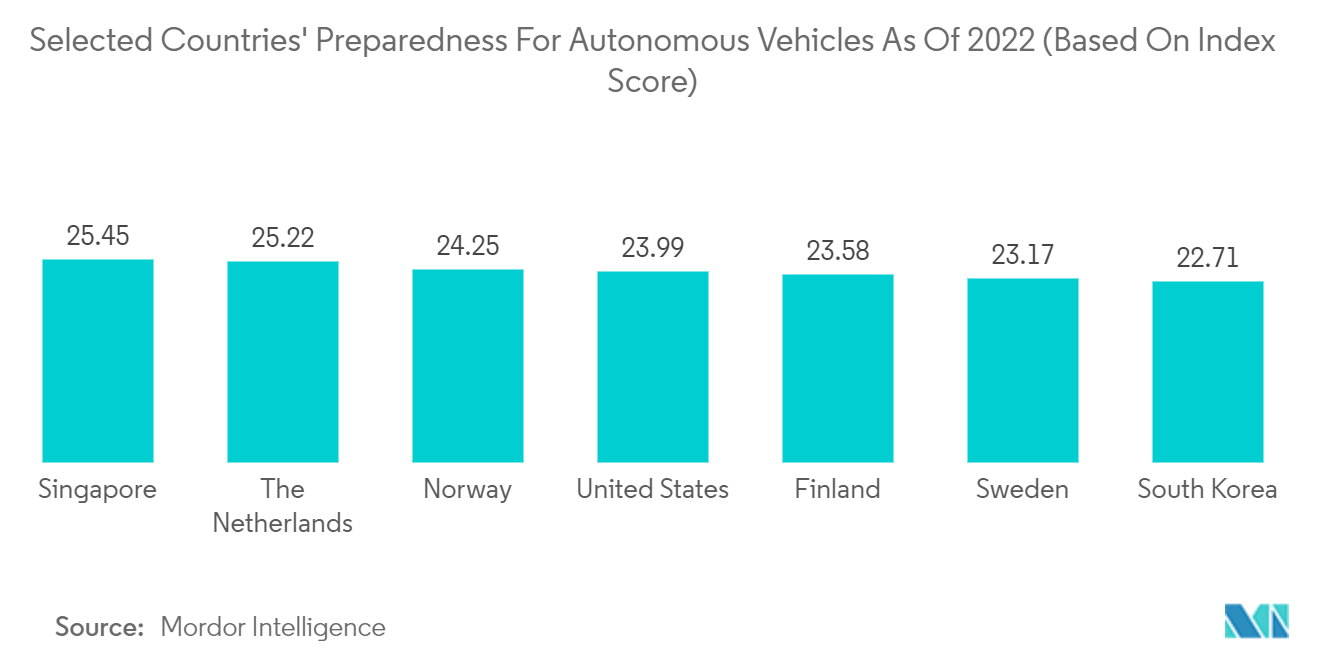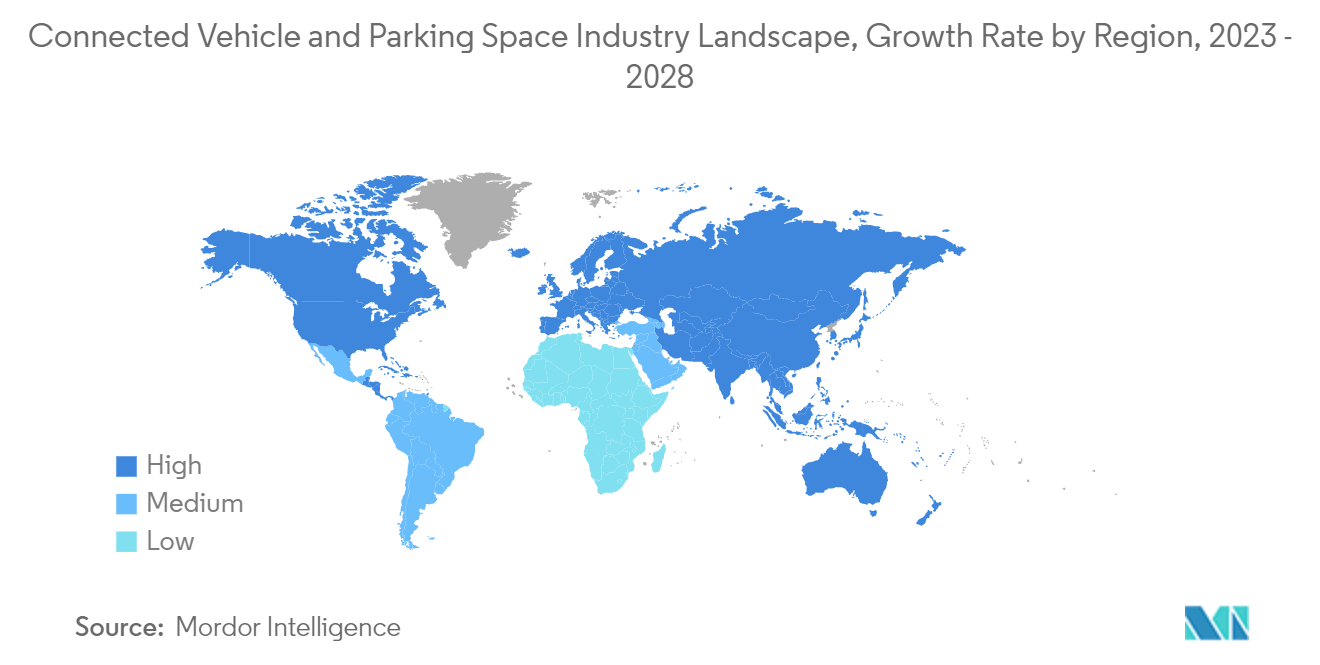Market Trends of Connected Vehicle And Parking Space Industry
Connected Passenger Car Vehicle Market is Expected to Grow Significantly
The increasing demand for advanced driver assistance systems (ADAS) in small passenger vehicles is expected to drive market growth. Increased government legislation mandating the installation of ADAS in automobiles is expected to drive up demand even more.
Increased disposable income, economic stability, and a growing preference for materialistic lifestyles are driving sales of luxury automobiles. The vast majority of luxury automobile owners resided in the United States, Canada, Japan, Spain, and South Korea. However, sales of luxury automobiles in developing countries such as India and China increased steeply in recent years.
Increased awareness of vehicle safety ratings, as well as lower component prices due to the widespread use of cameras and radars, will be important growth drivers for the ADAS industry. Major automakers are implementing ADAS systems to improve safety ratings and attract more customers. Major automakers began expanding their production capacity to meet future demand for connected vehicles. For instance,
- In November 2022, BMW declared an investment of over EUR 1 billion (USD 1.06 billion) for building a new car manufacturing facility in Hungary. These expansions are expected to fuel the demand for the global automotive inertial systems market.
- In May 2022, Toyota Connected North America introduced cabin awareness concept technology. It uses millimeter-wave, high-resolution 4D imaging radar to detect occupants (including certain pets) in automobiles.
- In January 2022, Volvo Car Group (Volvo Cars) launched the upgraded XC60 T8 plug-in hybrid SUV and S90 T8 plug-in hybrid sedan. The cars are equipped with Front & Rear Park Assist, where the distance monitored extends approx. 80 cm (2.5 ft) in front and 1.5 m (5 ft) behind the vehicle.
- In August 2021, Robert Bosch GmbH collaborated with Mahindra & Mahindra to develop a connected vehicle platform. This collaboration helps to expand and improve the linked platform in automobiles.
With the development mentioned above across the globe, it is likely to witness major growth during the forecast period.

Europe is Expected to Hold the Largest Market Share in Parking Industry
The smart city projects in Europe are looking forward to enhanced mobility solutions to reduce pollution, congestion, and time for passengers in search of parking spaces and improve accessibility.
The European Union mentioned that digitization and working in tandem with appropriate political strategies are the main pillars for improving parking efficiency and offering new parking services to serve better cities' Sustainable Urban Mobility Plans (SUMP).
Dynamic pricing is one of the ongoing pricing strategies offered by most of the parking space providers in the region. Dynamic pricing is the standard practice in many industries, e.g., in the airline and hotel industry. To make parking space easily available, these providers are revamping parking policies and updating zoning rules to induce and encourage clean, mobility-oriented developments.
The European government regulates the use of its land and other resources and emphasizes better utilization of these resources. For instance, the government of the Netherlands introduced the Spatial Planning Act, which looks at the land use in the region.
Over the past ten years, the parking sector experienced the introduction of several technological innovations, such as dynamic information systems, mobile apps to find, pay, and reserve, automated number plate recognition (ANPR) systems, sensors, and cameras for paid parking. Oslo (Norway) and Madrid (Spain) are some of the cities that recently commenced both on-street and off-street parking with a dynamic pricing model.


